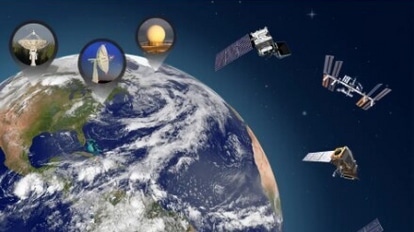Miracle! NASA deflects GIGANTIC 530-foot asteroid with DART mission, can save Earth now
NASA has confirmed that its first attempt at planetary defense against a destructive asteroid has miraculously succeeded.

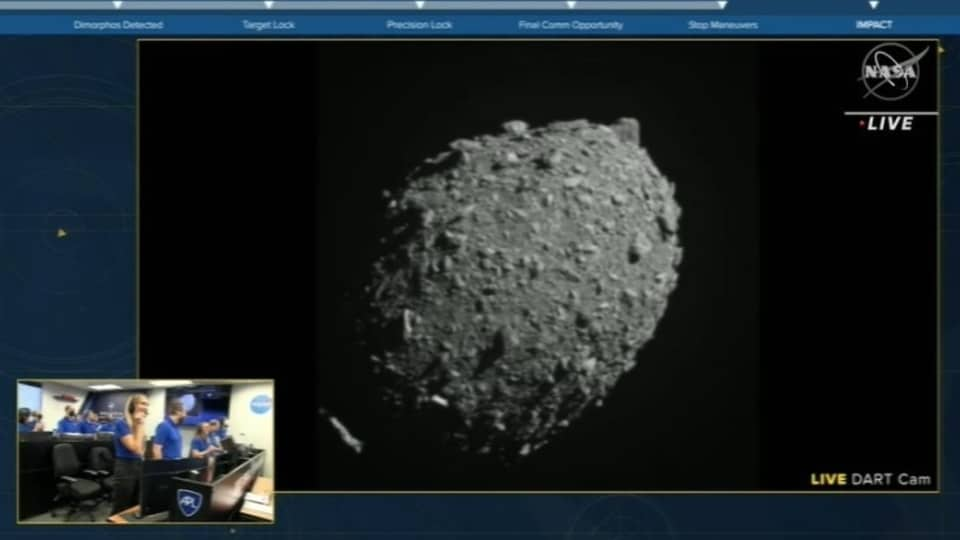
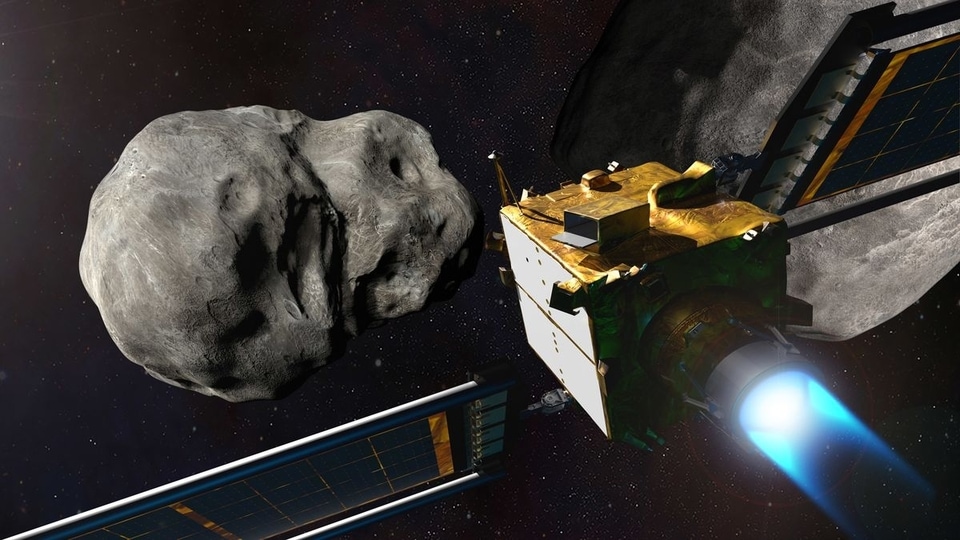
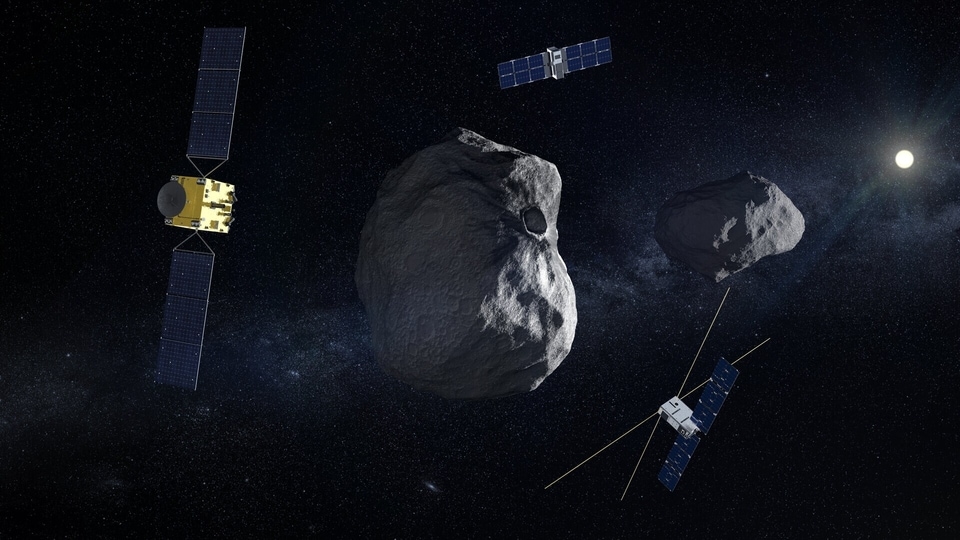
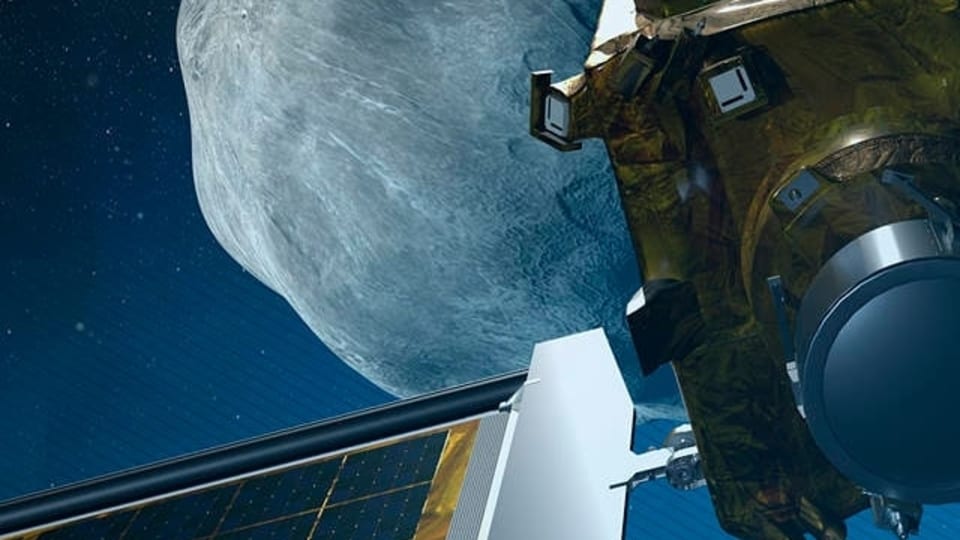
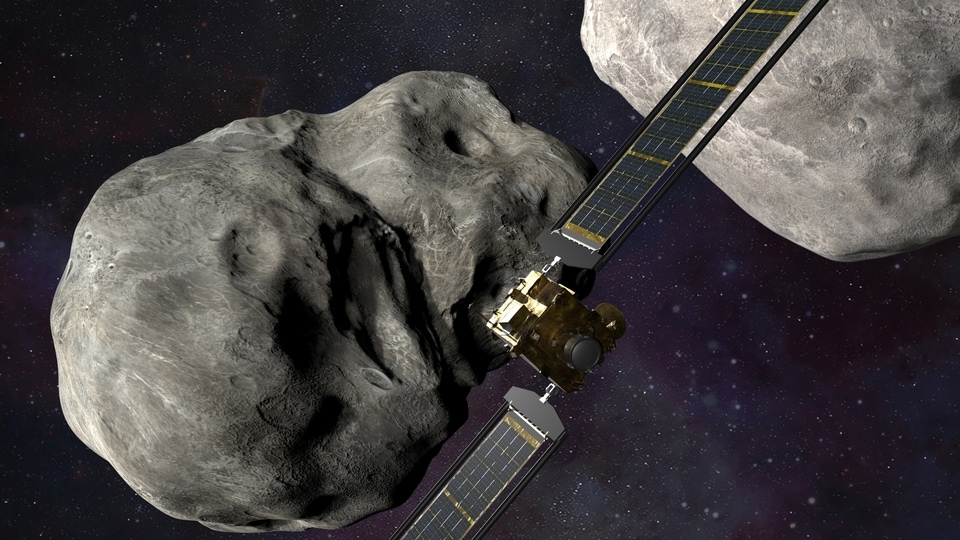
 View all Images
View all ImagesNASA's first attempt at planetary defense against potentially world-destroying asteroids was a miraculous success, the space agency has revealed. NASA's DART Mission is a nearly $330 million first step to protect Earth from potential asteroid impact. The aim of the Double Asteroid Detection Test or DART test was to smash a spacecraft into the Dimorphos asteroid to deflect it away from its path. In fact, there are two asteroids involved. According to NASA, Dimorphos is a gigantic 530-foot asteroid, which orbits an even larger asteroid called Didymos, nearly 5 times its size.
Lori Glaze, director of NASA's Planetary Science Division at NASA Headquarters in Washington said, “This result is one important step toward understanding the full effect of DART's impact with its target asteroid. As new data come in each day, astronomers will be able to better assess whether, and how, a mission like DART could be used in the future to help protect Earth from a collision with an asteroid if we ever discover one headed our way.”
According to NASA, it took Dimorphos 11 hours and 55 minutes to orbit the larger asteroid Didymos. Astronomers studied the collision data using various telescopes and revealed that the orbit time was reduced by almost 32 minutes. The studies were conducted with the help of various images captured by the spacecraft's camera named cubeSAT LICIACube (Light Italian CubeSat for Imaging Asteroids) which is made up of two key components, LUKE (LICIACube Unit Key Explorer) and LEIA (LICIACube Explorer Imaging for Asteroid), both of which captured key data from the collision.
European Space Agency's Hera spacecraft will observe the impact caused by the collision of DART spacecraft and Dimorphos asteroid. The space agency has already launched its Hera spacecraft which will travel to the same asteroid to observe the impact. According to the European Space Agency, the Hera spacecraft will fly to the asteroid to survey the aftermath of impact and gather information such as the size of impact crater, the mass of the asteroid and its make-up and internal structure.
Catch all the Latest Tech News, Mobile News, Laptop News, Gaming news, Wearables News , How To News, also keep up with us on Whatsapp channel,Twitter, Facebook, Google News, and Instagram. For our latest videos, subscribe to our YouTube channel.








